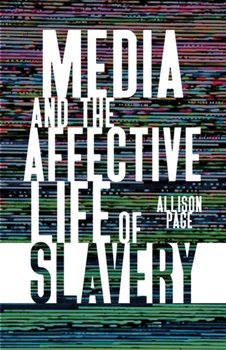This article examines the Ontario education system’s use of surface level practices intended to counter racism but that often fall short of creating authentic and sustainable change. Many schools across the province have focused their efforts on celebrating identity awareness days, weeks, and months, yet these initiatives largely reveal an apparent disconnect in understanding of the significant impact of white supremacy that is deeply embedded within the educational structural system. Stories from students, families, and community members reveal ongoing, often unintentional, acts of harm or violence against Indigenous, Black, racialized, and marginalized students, demonstrating a deep-seated failure to address systemic racism. The article explores the presence of harmful ideologies of white supremacy frameworks that permeate every facet of the education system, including the curriculum, communication, disciplinary actions, assessment, and institutional traditions and practices. By examining these issues, the article offers strategies for disrupting these structures, in order to dismantle white supremacy from the education system to support and empower Indigenous, Black, racialized, and marginalized students. By providing these practical examples rooted in a transnational solidarity lens, the article aims to empower educators to disrupt and dismantle white supremacy in the classroom and promote meaningful and long-lasting change.
Keyword: white supremacy
Review of Media and the Affective Life of Slavery by Allison Page (University of Minnesota Press)
In Media and the Affective Life of Slavery, Allison Page interrogates how media culture from the 1960s to the present has mobilized the legacy of slavery for affective governance, or “the production and management of affect and emotion to align with governing rationalities” (6). Throughout the book, Page’s analysis succeeds in providing a rich mapping of the converging interests of state actors, media producers, educational organizations, and other stakeholders as they narrate their own desire to manage emotions in the wake of the civil rights movement and to maintain white supremacist order.
Feelings, Fascism, and Futures
The COVID-19 pandemic has exposed some of the most glaring inequalities within nations and across the globe. While the disruption caused by the pandemic has given rise to hopes for a cultural reset to address these structures of inequality—captured compellingly by Arundhati Roy in her vision of the pandemic as a portal—the sediments of inequality have proven hard to erode. In this contribution, I explore this regressive impulse by honing in on the affect of restraint. While restraint is not ordinarily characterized as such, in the pandemic it has been a defining feature of our lives. However, it was not afforded equally. I begin by showing how restraint has become racialized, serving as a political tool to suppress protests, notably Black Lives Matter. I then move to show how globally, too, there has been an imbalance in who is—and what countries are—expected to practice nonintervention, linking both domestic and international uses of restraint to these preexisting structures of inequality. I end by proffering a vision for how, despite all these obstacles, the pandemic has also offered ways to bypass the state and form new social formations.


